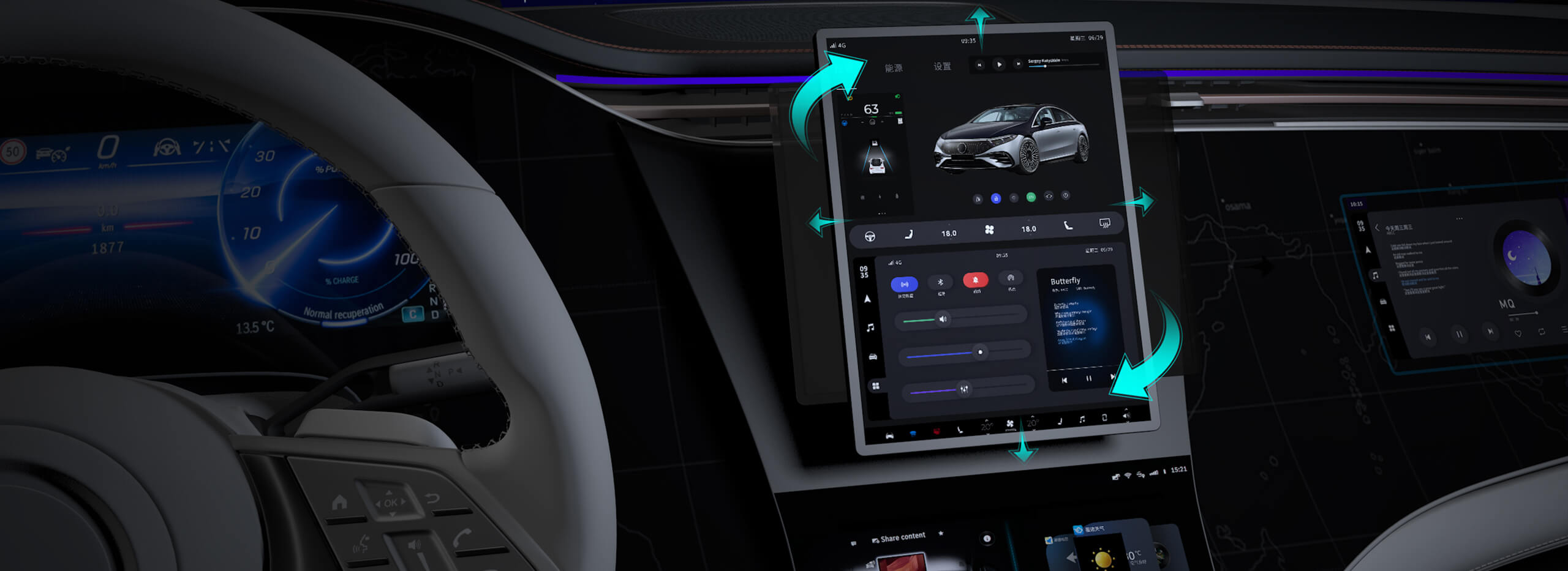In today’s fast-paced digital world, choosing the right architecture isn’t just about tech specs — it’s about performance, agility, and how smoothly your platform can scale when demand skyrockets. That’s where monoliths and microservices come into play. Everyone’s got an opinion, but let’s cut through the noise and get real about what actually makes sense for different scenarios.

Think about a monolithic system like a big, solid block of ice. It’s compact, simple to develop at first—a single codebase, unified, straightforward. But when heat hits—say, a surge in traffic or new feature requests—things start to melt fast. The entire system slows down, or worse, crashes because everything is so tightly coupled. It’s one big piece, so fixing one part can mean shutting down the entire operation. It’s reliable in small, predictable setups, but doesn’t flex well when scale is the game.
Microservices, on the other hand, are like a city of tiny houses—each one specialized, isolated, able to evolve independently. When one service gets overwhelmed or needs an update, it doesn’t affect the rest. Performance-wise, if managed properly, microservices excel during traffic spikes. They allow for targeted optimization—caching one service here, partitioning data there. But yeah, they come with complexity: coordinating all those moving parts, ensuring they talk to each other smoothly, handling distributed data. That future-proof, brawny flexibility? It’s not free; it takes careful orchestration.
People often wonder—when should I pick one over the other? Imagine running an online gaming platform: thousands of simultaneous players, unpredictable load. Microservices make sense because you can scale specific parts—like matchmaking or chat—independently. But at a startup with a simple app, a monolith might just be enough, saving headaches and resources.
Performance isn’t just raw speed—it's about how a system responds under stress, how quickly you can roll out updates, and how fault-tolerant it is. Microservices, if architected right, can outperform monoliths in high-demand situations, but only if you’re prepared for the maintenance complexity. Monoliths might lag behind in high load, but they’re easier to control initially.
What’s the real story? It depends. The key is understanding growth, traffic patterns, and how much agility you need. For some, starting with a monolith and splitting parts later makes sense. Others want the flexibility from day one, betting on microservices from the start.
In the end, performance is a layered story, influenced by the design choices, infrastructure, and future vision. No one-size-fits-all. But one thing’s clear—quick response times, resilience, and scalability are the gold standards. Nail those, and your platform is primed to take on anything.
Established in 2005, Kpower has been dedicated to a professional compact motion unit manufacturer, headquartered in Dongguan, Guangdong Province, China. Leveraging innovations in modular drive technology, Kpower integrates high-performance motors, precision reducers, and multi-protocol control systems to provide efficient and customized smart drive system solutions. Kpower has delivered professional drive system solutions to over 500 enterprise clients globally with products covering various fields such as Smart Home Systems, Automatic Electronics, Robotics, Precision Agriculture, Drones, and Industrial Automation.




































